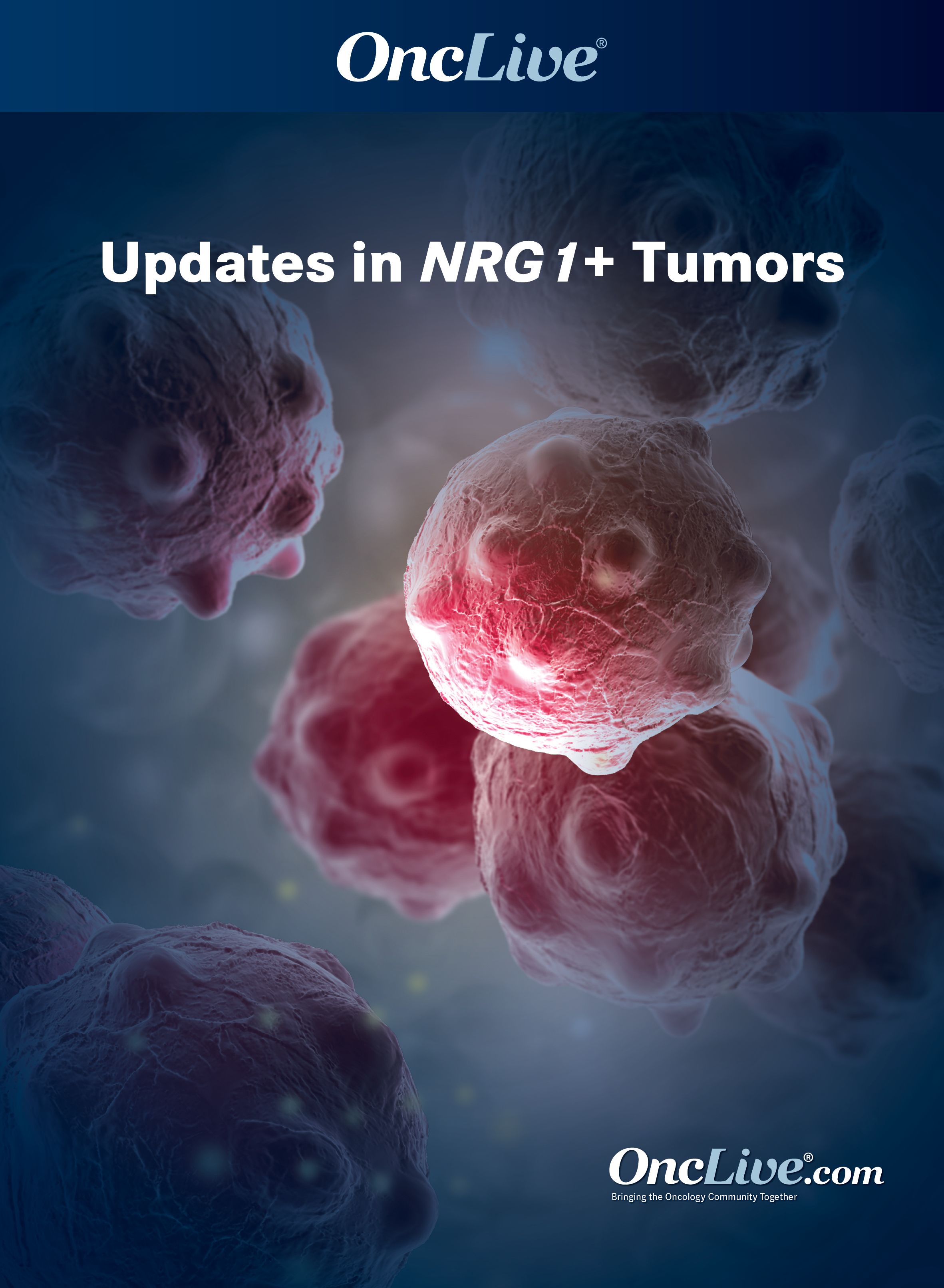Publication
Video
Supplements and Featured Publications
Dr. Liu on the Rationale for Examining Afatinib in NSCLC Harboring NRG1 Fusions
Author(s):
Stephen Liu, MD, discusses the rationale for examining afatinib in patients with non–small cell lung cancer harboring NRG1 fusions.
Stephen Liu, MD, an associate professor of medicine, director of thoracic oncology, and director of developmental therapeutics at Georgetown Lombardi Comprehensive Cancer Center, discusses the rationale for examining afatinib (Gilotrif) in patients with non–small cell lung cancer (NSCLC) harboring NRG1 fusions.
NRG1 fusions are different from other fusion events that occur in patients with NSCLC, as they don’t lead to a constitutively active kinase, Liu says. NRG1 is the ligand for the transmembrane receptor. The fusion brings the EGF-like domain of NRG1 into close proximity with its receptor, which is either ErbB3 or HER3. HER3 then tends to heterodimerize with HER2, although it could also do so with HER4, HER1 or EGFR, Liu explains.
Current strategies are focused on targeting receptors, as effective agents are already available, Liu notes. Afatinib is an orally bioavailable pan ErbB kinase that was developed to inhibit the abnormal signaling downstream of NRG1 fusion events, Liu concludes.
































%20(2)%201-Recovered-Recovered-Recovered-Recovered-Recovered-Recovered-Recovered-Recovered-Recovered-Recovered-Recovered-Recovered-Recovered-Recovered-Recovered-Recovered-Recovered.jpg?fit=crop&auto=format)
%20(2)%201-Recovered-Recovered-Recovered-Recovered-Recovered-Recovered-Recovered-Recovered-Recovered-Recovered-Recovered-Recovered-Recovered-Recovered-Recovered-Recovered-Recovered.jpg?fit=crop&auto=format)
